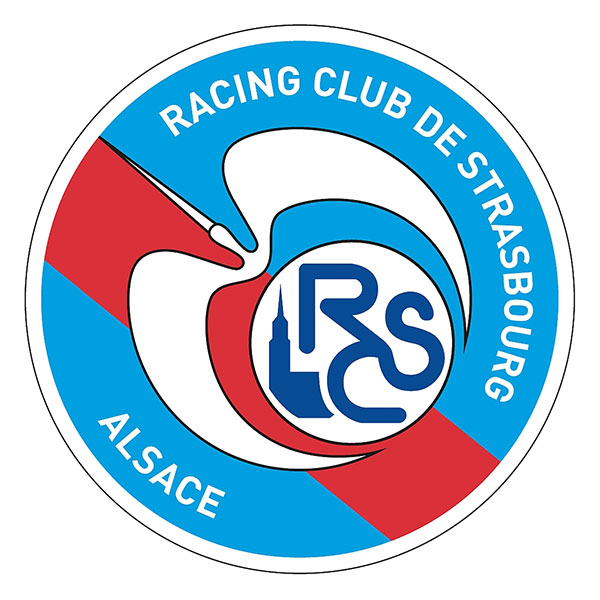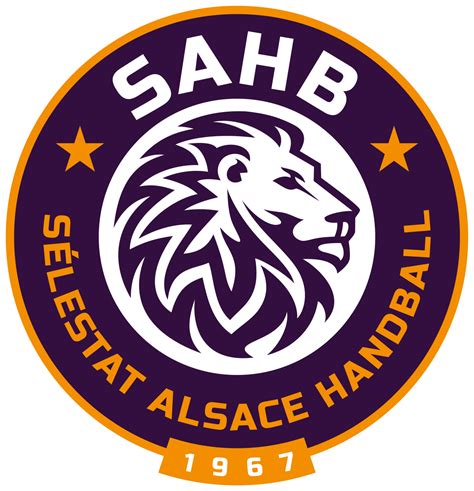Relationship between neuromuscular fatigue, muscle activation and the work done above the critical power during severe intensity exercise.
Relationship between neuromuscular fatigue, muscle activation and the work done above the critical power during severe intensity exercise
Ducrocq GP and Blain GM
NEW FINDINGS:
What is the central question of this study? Does the work done above critical power (W') or muscle activation determine the degree of peripheral fatigue induced by cycling time-trials performed in the severe intensity domain?
What is the main finding and its importance? We found that peripheral fatigue increased when power output and muscle activation increased whereas W' did not change between the time-trials. Therefore, no relationship was found between W' and exercise-induced peripheral fatigue such as previously postulated in the literature. In contrast, we found a significant association between EMG amplitude during exercise and exercise-induced reduction in the potentiated quadriceps twitch, suggesting that muscle activation plays a key role in determining peripheral fatigue during severe intensity exercise.
ABSTRACT:
In order to determine the relationship between peripheral fatigue, muscle activation and the total work done above critical power (W'), ten men and four women performed, on separated days, self-paced cycling time-trials of 3, 6, 10, and 15 min. Exercise-induced quadriceps fatigue was quantified using pre- to post-exercise (15 s through 15 min recovery) changes in maximal voluntary contraction peak force (MVC), voluntary activation (VA) and potentiated twitch force (QT). VA was measured using the interpolated twitch technique, and QT was evoked by electrical stimulations of the femoral nerve. Quadriceps muscle activation was determined using the root mean square of surface electromyography of vastus lateralis (VLRMS ), vastus medialis (VMRMS ) and rectus femoris (RFRMS ). Critical power and W' were calculated from the power/duration relationship from the four time-trials. Mean power output and mean VLRMS , VMRMS and RFRMS were greater during shorter compared to longer exercises (P<0.05) whereas no significant between-trials change in W' was found. The magnitude of exercise-induced reductions in QT increased with the increase in power output (P<0.001) and were associated with mean VLRMS and VMRMS (P<0.001, r2 >0.369) but not W' (P>0.150, r2 <0.044). Reduction in VA tended (P = 0.067) to be more pronounced with the lengthening in time-trial duration while no significant between-trials change in MVC were found. Our data suggest that peripheral fatigue is not related to the amount of work done above the critical power but rather to the level of muscle activation during exercise the severe intensity domain. This article is protected by copyright. All rights reserved.
Key words: critical power, neuromuscular fatigue, recovery from fatigue, muscle activation, exercise performance













